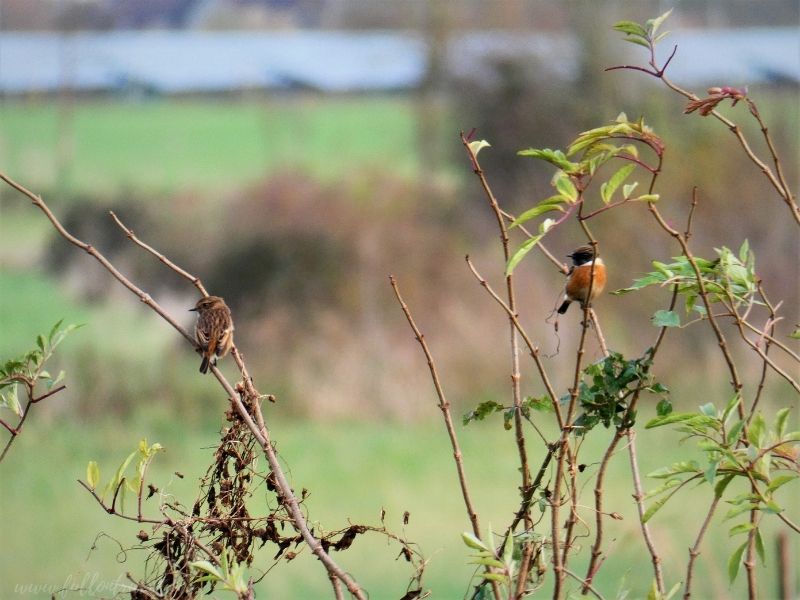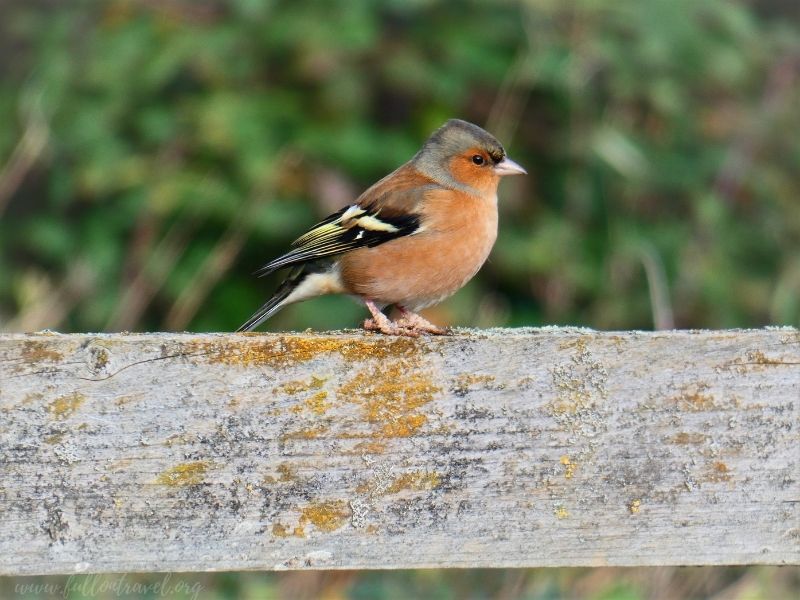Every day I tell myself how lucky I am living in Somerset. For the first year, I underestimated this place to discover this region’s infinite potential in the following years.
When I started my bird adventure, I knew about one bird reserve. It quickly turned out that practically all of Somerset is one big reserve! I don’t really know what it is like to be a real birdwatcher as I haven’t lay in the marshes yet, haha. I learn everything by myself, sometimes asking for help from experienced colleagues on the bird forum.
Interestingly, I most often talk to anglers about birds.
Crane
And one of them mentioned the cranes to me. Cranes have been my dream since I saw them in photos from Milicz ponds in Poland. They are beautiful, long-legged. It’s wonderful to look at them in dance.
I didn’t believe they could be found in England until a photo of cranes appeared somewhere around Somerset Levels. But I couldn’t quite associate this place. I must mention here that the crane has been absent from England for 400 years. Only in recent years have attempts to reintroduce these species have been made.
And luckily happened that Somerset is one of those places. 😊
So I went to the place marked earlier on the map, where the cranes were seen by one of the anglers, and yes … it was the same area as in the photo! 😀 It’s hard to say how many cranes live in these areas … once seen only 3, another time around 20 … but they are!
As usual, I was the only birdwatcher in the area. I found out this day wasn’t a good weather condition to watch birds in this place. The current in the canal was too fast for kingfishers and other birds to hunt here. Though it was fun to watch the cormorants sitting on high-voltage cables waiting their turn! They mainly compete with anglers for fish! 😀
That day I didn’t get to see cranes, but I had a wonderful meeting with the grey heron. Looking at it against the canal, I thought, what a beautiful autumn we have.
Lesser Redpoll
It was a wonderful day. I had my first encounter with a lesser redpoll (Acanthis cabaret)! Met this little one at RSPB Greylake. I was so afraid that they would fly away that I didn’t have the courage to change the camera to a larger zoom 😊. Until recently, the lesser redpoll was considered a subspecies of the common redpoll. A few years ago, the British Ornithological Association distinguished it as a separate species. They indicated that the lesser redpoll is the smallest of redpolls with a brownish-gray color and brown streaks on the back. On the wing, it has two narrow, whitish stripes. In males, the characteristic feature is a pink breast and throat and a carmine spot on the forehead (mating coat). The female is not pink in color…
Acanthis cabaret is a small bird from the finch family living mainly in the British Isles (Somerset rather just winters), along the North Sea coast and Europe in the Alpine region. In the UK, the lesser redpoll has a population of around 220,000 breeding pairs. This species is on the red list of protected species in the UK.
Stonechat
RSPB Greylake has recently become my favorite place to watch. However, at the moment, the hides are closed due to lockdown. There are places where it is still worth going for a walk or sitting on a bench. And that’s how I sat for an hour watching the stonechat. 😊
Stonechat (Saxicola rubicola) can be found in reeds, thickets, dry meadows, and moors. In recent months, I’ve been fortunate with this bird. I’ve often seen it in the thickets of the cliffs on the south coast of England, and this time I saw it at the RSPB Greylake and the meadows around Aller. When I was walking, they were circling around me but kept a distance all the time. 😊
There are around 59,000 breeding pairs in most of the territory outside central England in the UK, where they winter more often. Poland is a fairly numerous breeding bird, mainly settling in the southern, highland part of the country.
It’s relatively easy to tell the male from the female. Males are a brown-black head with white stripes on the sides of the neck and shoulders. The chest and sides are orange. The female is similar, but the colors are slightly faded, and the head is brown. It mainly feeds on insects, but in autumn and winter, it also eats seeds.
In addition to the stonechat, redpoll, I also met a wren that posed like never before 😊. Usually, it’s hidden in the bushes and changes its position very quickly. Also, a group of house sparrows, female and male chaffinch, starlings, gray herons, white egrets, buzzards, marsh harrier, mallards, teals, moorhens, and my beloved lapwings!
We have such beautiful autumn. 😊











Recent Comments